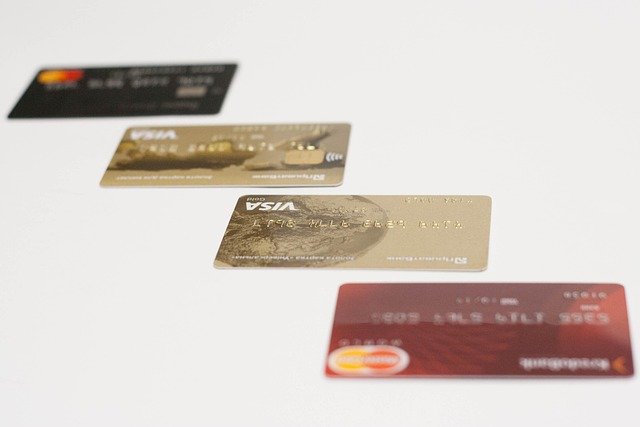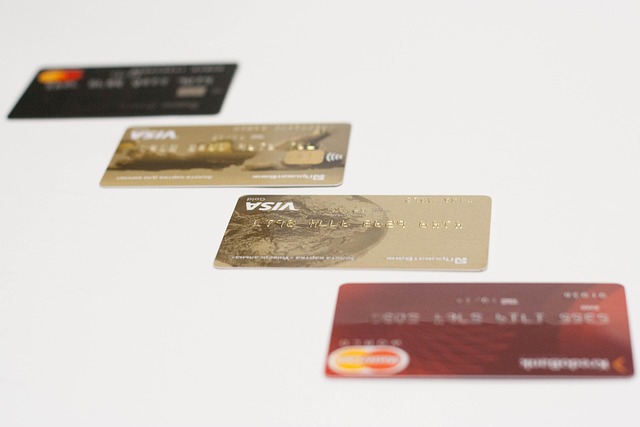Screwless Dental Implants: Modern Solutions for Tooth Replacement
Traditional dental implants have long relied on screw mechanisms to secure artificial teeth, but modern dentistry is embracing innovative screwless alternatives. These advanced tooth replacement systems offer patients new possibilities for restoring their smiles without the conventional hardware approach. Understanding how these modern implant technologies work can help individuals make informed decisions about their dental care options.

How Modern Screwless Implant Systems Function
Screwless dental implants represent a significant advancement in restorative dentistry, utilizing alternative attachment methods to secure prosthetic teeth. These systems employ various mechanisms such as cement retention, friction fit, or specialized locking mechanisms that eliminate the need for traditional screws. The implant post is still surgically placed into the jawbone, but the crown attachment process differs fundamentally from conventional screw-retained implants.
The osseointegration process remains similar to traditional implants, where the titanium post fuses with the surrounding bone tissue over several months. However, the abutment and crown connection utilizes innovative engineering that provides secure attachment without relying on screw mechanisms.
Understanding Screw-Free Tooth Replacement Technology
Screw-free tooth replacement systems incorporate several technological approaches to achieve stable prosthetic attachment. Cement-retained systems use dental cement to bond the crown permanently to the abutment, creating a seamless connection. Friction-fit mechanisms rely on precise engineering tolerances to create secure connections through mechanical interference.
Some advanced systems utilize magnetic retention or specialized locking mechanisms that engage through rotational or sliding motions. These technologies aim to provide the same stability as traditional screws while potentially offering advantages in terms of aesthetics, maintenance, and long-term durability.
Benefits and Considerations of Screwless Dental Implants
Screwless implant systems offer several potential advantages over traditional screw-retained options. The absence of screw access holes can improve the aesthetic appearance of the final restoration, particularly in visible areas of the mouth. Maintenance may be simplified since there are no screws to loosen or tighten over time.
However, these systems also present certain considerations. Cement-retained implants may be more challenging to remove if repairs become necessary, and the cement removal process requires careful attention to prevent peri-implant complications. The choice between screwless and traditional systems often depends on individual patient factors, implant location, and specific clinical circumstances.
Cost Comparison of Screwless Implant Systems
The investment required for screwless dental implants varies significantly based on the specific system chosen, geographic location, and complexity of the case. Understanding the cost landscape helps patients make informed financial decisions about their tooth replacement options.
| System Type | Provider Examples | Cost Estimation (INR) |
|---|---|---|
| Cement-retained implants | Nobel Biocare, Straumann | 45,000 - 85,000 per tooth |
| Friction-fit systems | Zimmer Biomet, BioHorizons | 50,000 - 90,000 per tooth |
| Magnetic retention | Dentsply Sirona, Neodent | 55,000 - 95,000 per tooth |
| Traditional screw-retained | Various manufacturers | 40,000 - 80,000 per tooth |
Prices, rates, or cost estimates mentioned in this article are based on the latest available information but may change over time. Independent research is advised before making financial decisions.
Candidacy and Treatment Planning
Not all patients are suitable candidates for screwless dental implant systems. Factors such as bone density, gum health, bite forces, and aesthetic requirements influence the selection process. Comprehensive evaluation including clinical examination, radiographic imaging, and treatment planning helps determine the most appropriate implant system for each individual case.
Patients with adequate bone volume and healthy gums generally experience better outcomes with any implant system. Those requiring multiple tooth replacements may benefit from different approaches compared to single tooth situations. The location of the missing tooth also influences system selection, as front teeth may prioritize aesthetics while back teeth emphasize functional strength.
Long-term Success and Maintenance
The long-term success of screwless dental implants depends on proper oral hygiene, regular professional maintenance, and appropriate case selection. Studies suggest that well-designed screwless systems can achieve success rates comparable to traditional screw-retained implants when properly implemented.
Maintenance protocols may differ slightly between systems, with cement-retained implants requiring careful attention to cement residue removal during placement. Regular follow-up appointments allow dental professionals to monitor implant health and address any concerns before they develop into significant problems.
Patients should maintain excellent oral hygiene practices, including specialized cleaning techniques around implant sites. Professional cleanings and periodic evaluations help ensure the longevity of screwless implant investments and overall oral health maintenance.




